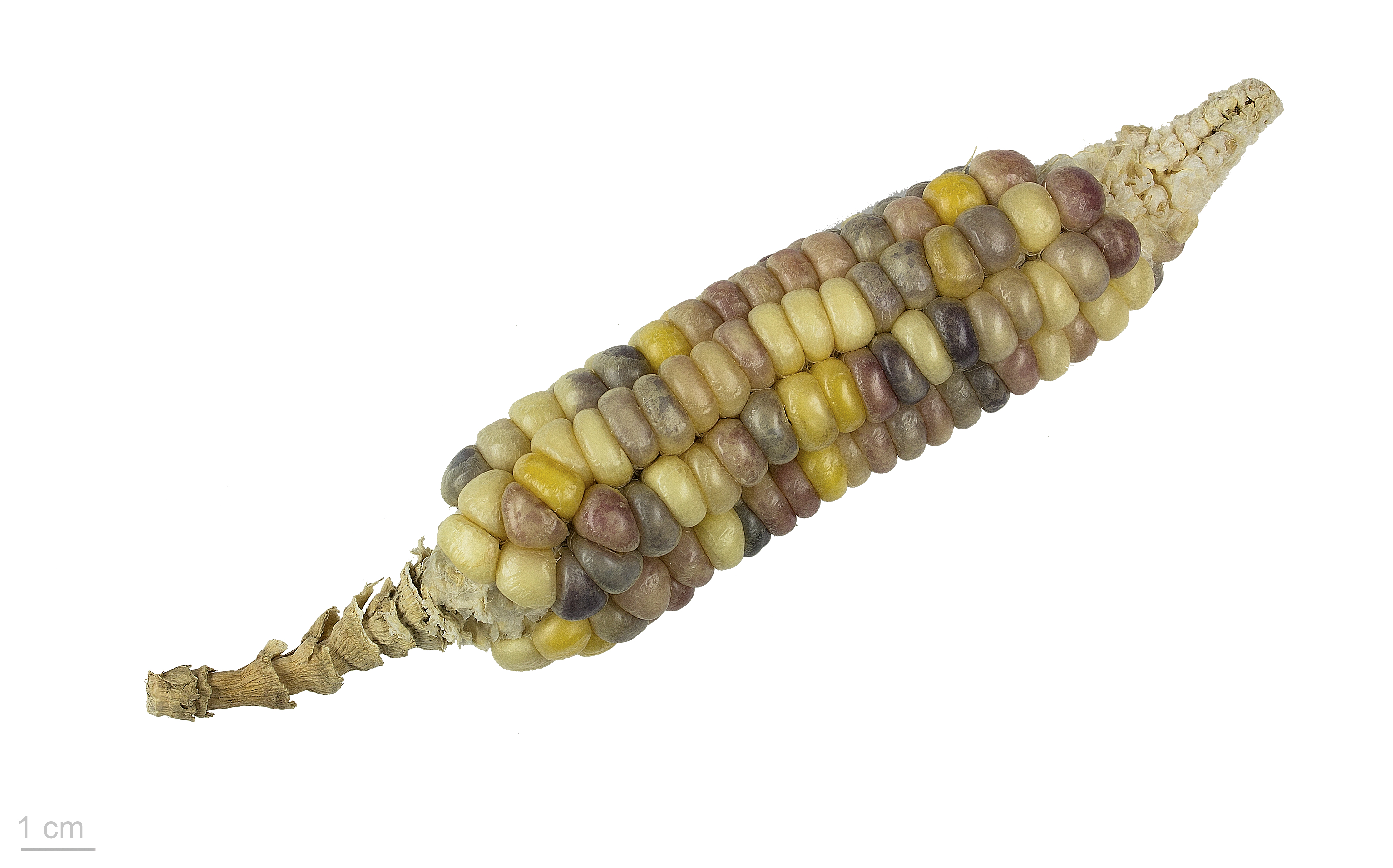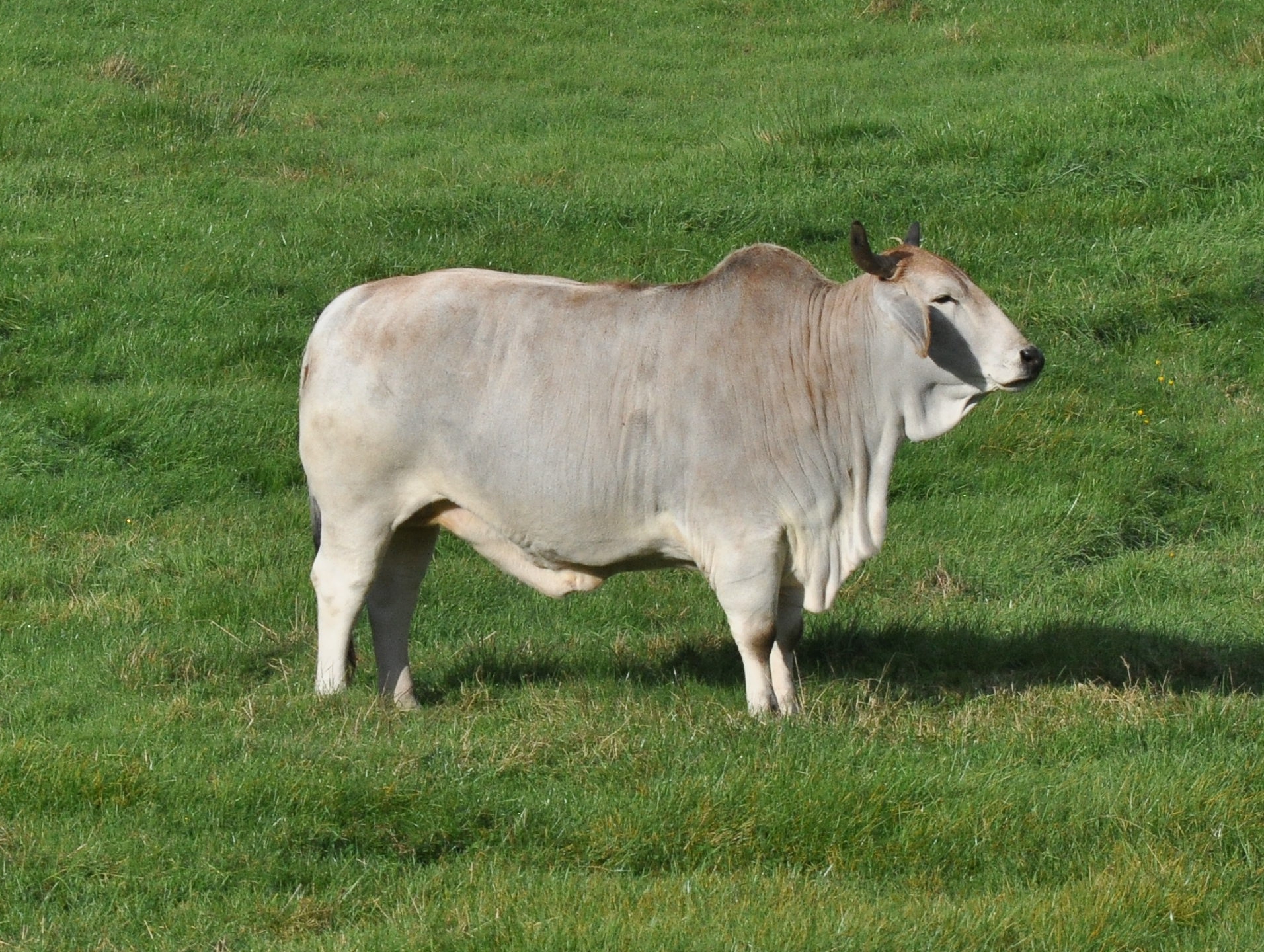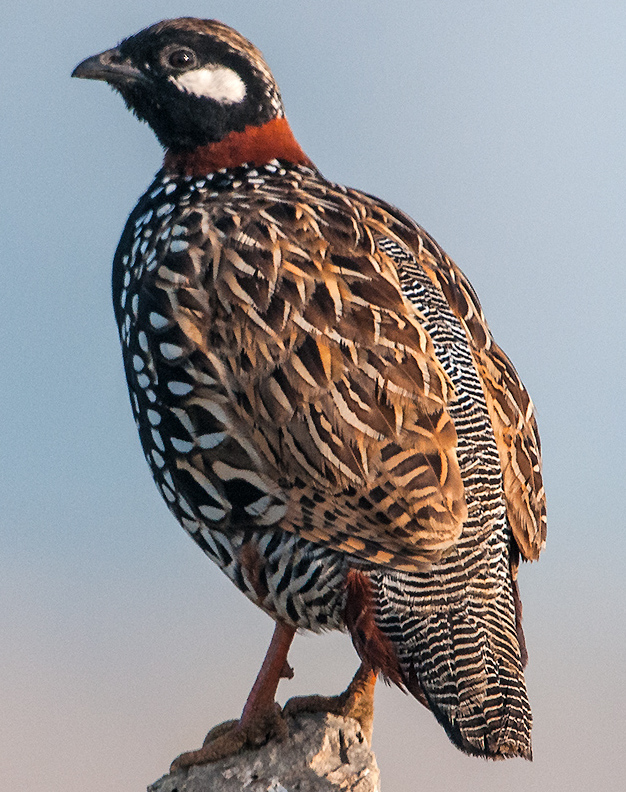biological globalization on:
[Wikipedia]
[Google]
[Amazon]
Biological globalization refers to the phenomenon where domesticated species are brought and cultivated in other favorable environments, facilitated by and for the benefit of humans. It has been defined as "the spread of plants domesticated in one area to favorable environments around the world". A growing and changing human population plays an important part on what plants are moved to new locations and which are left untouched.
There have been examples of biological globalization dating back to 3000 BCE, but the most famous example is more recent, namely the Columbian Exchange. There have been many benefits to this movement of 


 Alongside the transportation innovations of globalization, the spread of biological technology has allowed the world to enter a new
Alongside the transportation innovations of globalization, the spread of biological technology has allowed the world to enter a new
biological
Biology is the scientific study of life. It is a natural science with a broad scope but has several unifying themes that tie it together as a single, coherent field. For instance, all organisms are made up of cells that process hereditary ...
material around the world, a main one being the globalization
Globalization, or globalisation (English in the Commonwealth of Nations, Commonwealth English; American and British English spelling differences#-ise, -ize (-isation, -ization), see spelling differences), is the process of foreign relation ...
of food production, so that countries can take advantage of the different growing seasons to ensure the availability of certain food crops year-round.
Early history
Introduced species
An introduced species, alien species, exotic species, adventive species, immigrant species, foreign species, non-indigenous species, or non-native species is a species living outside its native distributional range, but which has arrived the ...
are often seen as a negative thing now, but it has diversified diets, improved human health, domesticated landscapes, and sometimes increased biodiversity. Biological globalization is not only a phenomenon of recent times, the big considerations are for the Columbian exchange, but there have been purposeful translocations long before that. Deliberate translocations included for crops, food, sport, military use and study. Also as exotic diplomatic gifts as novelties, as pest control and to cross-breed. Though alongside deliberate introductions came hitchhikers, which had the potential to become invasive
Invasive may refer to:
*Invasive (medical) procedure
*Invasive species
*Invasive observation, especially in reference to surveillance
*Invasively progressive spread of disease from one organ in the body to another, especially in reference to cancer ...
. Many trade routes that we use today were used in the ancient worlds, especially between Asia, Europe, the Middle-East, Africa and India, and the overland routes of Asia were known as ‘the Trans-Eurasian Exchange’.
Translocation of Domestic animals
An early example is the spread of domesticated zebu, a species of cattle, which originated in South Asia and was introduced toMesopotamia
Mesopotamia ''Mesopotamíā''; ar, بِلَاد ٱلرَّافِدَيْن or ; syc, ܐܪܡ ܢܗܪ̈ܝܢ, or , ) is a historical region of Western Asia situated within the Tigris–Euphrates river system, in the northern part of the F ...
and Arabia
The Arabian Peninsula, (; ar, شِبْهُ الْجَزِيرَةِ الْعَرَبِيَّة, , "Arabian Peninsula" or , , "Island of the Arabs") or Arabia, is a peninsula of Western Asia, situated northeast of Africa on the Arabian Plate. ...
in 3000 BCE, then on to the central plains of Asia and China in 1500 BCE, and Africa
Africa is the world's second-largest and second-most populous continent, after Asia in both cases. At about 30.3 million km2 (11.7 million square miles) including adjacent islands, it covers 6% of Earth's total surface area ...
by 600 BCE. The zebu is now the most common type of cattle found in East Africa
East Africa, Eastern Africa, or East of Africa, is the eastern subregion of the African continent. In the United Nations Statistics Division scheme of geographic regions, 10-11-(16*) territories make up Eastern Africa:
Due to the histori ...
.

Translocation of Birds
Some species were introduced by humans so long ago, that it is hard to tell if they are native or not. The influence of the European aristocracy can be seen nowadays, from their love of importing exotic plants and animals, that have been around for so long that they seem native.Theblack francolin
The black francolin (''Francolinus francolinus'') is a gamebird in the pheasant family Phasianidae of the order Galliformes, gallinaceous birds. It was formerly known as the black partridge. It is the state bird of Haryana state, India (loca ...
(''Francolinus francolinus'') was documented as living in the Mediterranean from the time of Pliny the Elder (1st century CE), and so was thought to be a native species. It was prized during the renaissance and medieval times as a gamebird. Through DNA tracing and historical documents, it was found that it originated in Asia, maybe even South East Asia, through various trade routes. This is an example of how wealthy people have been doing these translocations for a long time.
The spread of exotic birds for the menageries of wealthy people has been especially wide spread, like the peacock from Asia to Greece in the time of Alexander the Great
Alexander III of Macedon ( grc, Ἀλέξανδρος, Alexandros; 20/21 July 356 BC – 10/11 June 323 BC), commonly known as Alexander the Great, was a king of the ancient Greek kingdom of Macedon. He succeeded his father Philip II to ...
, and the Chukar partridge
The chukar partridge (''Alectoris chukar''), or simply chukar, is a Palearctic upland gamebird in the pheasant family Phasianidae. It has been considered to form a superspecies complex along with the rock partridge, Philby's partridge and Pr ...
along the silk road in early BC.
Translocation of plant crops
The spread of stone fruits (peaches, plums and cherries) has been tracked from China to Europe, as well as citrus fruits from South East Asia to Europe in Roman andMedieval
In the history of Europe, the Middle Ages or medieval period lasted approximately from the late 5th to the late 15th centuries, similar to the post-classical period of global history. It began with the fall of the Western Roman Empire a ...
times. Apples and pears came from South East Asia to China around 400 BCE.
Modern globalization
The Colombian Exchange
When the New world was colonized by the Old around 1500 CE there was a major movement of cultivated crops, which was known as the Colombian Exchange. The Old world brought back seeds for foods such as corn, peppers, tomatoes and pineapples. In exchange, Europeans brought with them apples, pears, stone and citrus fruits, bananas and coconuts. Nowadays, the United States is a major exporter of many of these transplants for food and ornamental value, such as peaches, grapes, and citrus. The classic American homesteading symbol, the apple tree, actually had two or three major translocation events: Originating in South East Asia and spreading to China around 400 BCE, making its way to Europe, and then brought over by Europeans to North America as it was colonized.Ornamental
There has also been a movement of ornamental plants in recent centuries, as it became fashionable for Europe's elite to have extensive gardens. This included tulips from Turkey making their way to the Netherlands in the 17th and 18th centuries, causing the tulip craze, and Bermuda grass from Africa becoming the symbol of the American middle-class.Wheat
 Alongside the transportation innovations of globalization, the spread of biological technology has allowed the world to enter a new
Alongside the transportation innovations of globalization, the spread of biological technology has allowed the world to enter a new global economy
The world economy or global economy is the economy of all humans of the world, referring to the global economic system, which includes all economic activities which are conducted both within and between nations, including production, consumpti ...
. Because agriculture is such a huge economic sector it is large portion of the economy, and a large portion of that is the production of wheat
Wheat is a grass widely cultivated for its seed, a cereal grain that is a worldwide staple food. The many species of wheat together make up the genus ''Triticum'' ; the most widely grown is common wheat (''T. aestivum''). The archaeolog ...
in the last few centuries. Technically wheat is an invasive species in most of the countries it is grown, but because it is economically important to humans we don't classify it as such. In a way, biological globalization allowed for the economic growth of many countries on the global scale, like America and Ukraine, where wheat became a huge export. Innovations in breeding have allowed wheat to spread from milder coastal areas to harsh interior regions such as the sweeping plains of the Midwestern US, and into colder climates like Canada and Russia. The selective breeding and hardiness of the North American wheat varieties were then used by the Old world farmers to cross-breed with their varieties, and this began a back-and-forth of genetics to improve the wheat strains world-wide.
See also
*Environmental globalization
Environmental globalization refers to the internationally coordinated practices and regulations (often in the form of international treaties) regarding environmental protection. An example of environmental globalization would be the series of Inter ...
*Invasive species
An invasive species otherwise known as an alien is an introduced organism that becomes overpopulated and harms its new environment. Although most introduced species are neutral or beneficial with respect to other species, invasive species adv ...
* Columbian Exchange
References
External links
*{{Commons category-inline